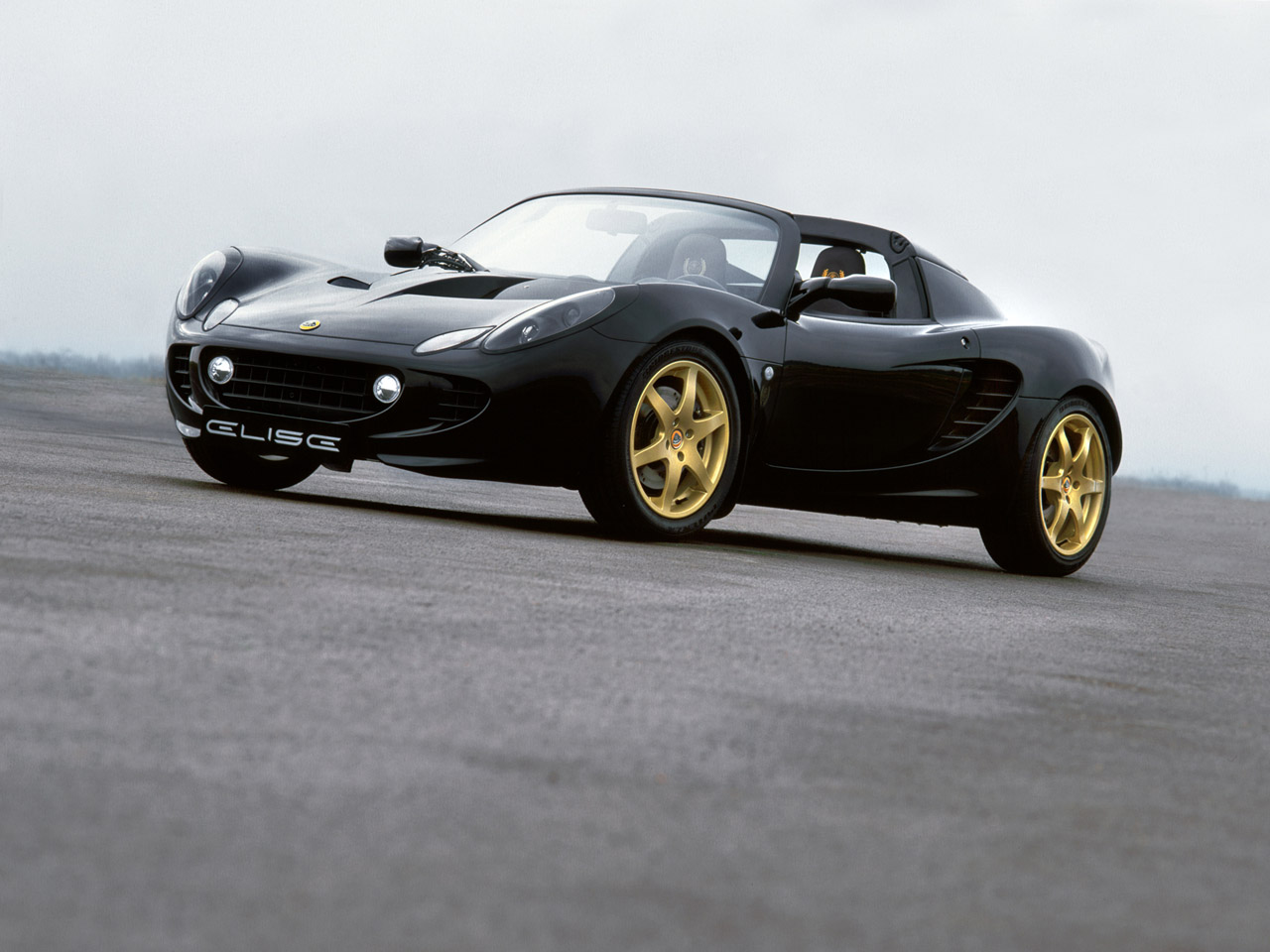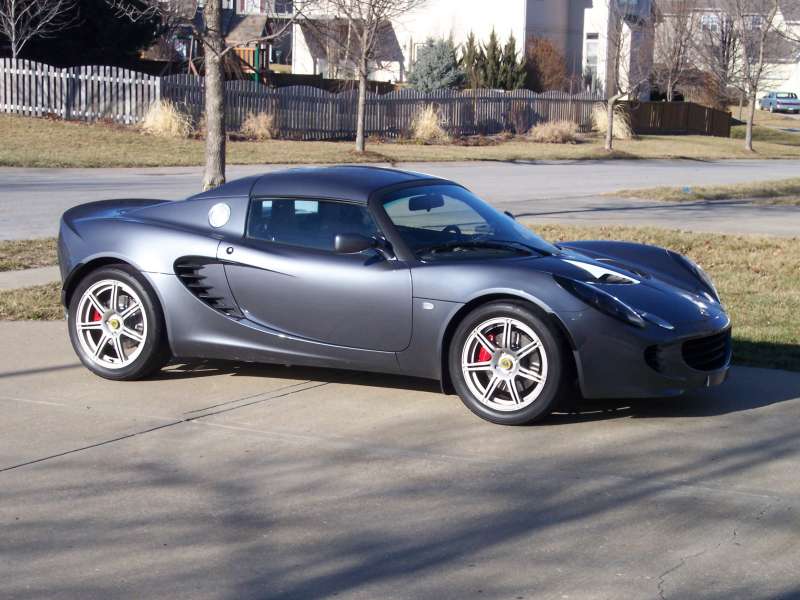
Lotus Engineering has developed a new system for reducing CO2 emissions, which will give manufactures a practical and affordable option to reduce their emissions. The Low CO2 concept is based on an Opel Astra and is powered by a Lotus designed pressure-charged three-cylinder 1.5L gasoline engine that has been outfitted with a number of Lotus and Continental technologies.
The engine features an integrated exhaust manifold, centrally-mounted injectors, cam profile switching for lift and timing, a high pressure fuel pump, and mild hybrid drive. As a result there is a 15% reduction in C02 emissions compared to a naturally aspirated 1.8L four cylinder Astra. The concept also features an additional 20hp and 48 ft-lbs of torque over the 1.8L Astra.
Lotus CEO, Mike Kimberley, said “…the most important part of this project is that the solution is a combination of technologies that are available and can be implemented in next generation models and with further work beyond the scope of this initial project.” Given the growth of the green movement and the potential of this new set of technologies, expect development to continue.







Press ReleaseLow CO2 with high performance is affordable and available
240Nm, 160ps and 15% CO2 Reduction
Lotus Engineering, the automotive consultancy division of Lotus, and Continental Division Powertrain have presented the results of their “Low CO2” research collaboration. The Low CO2 vehicle concept is being proposed as a practical option for manufacturers to reduce their fleet average CO2 emissions.
The Low CO2 vehicle concept is demonstrated in an Opel Astra and uses a Lotus Engineering-designed pressure-charged three-cylinder 1.5-litre gasoline engine integrated with a number of Lotus and Continental technologies. It features an innovative integrated exhaust manifold design, centrally-mounted injectors, cam profile switching for lift and timing, a high pressure fuel pump, and a mild hybrid drive. The Low CO2 Astra produces a g/km CO2 reduction of 15% against the naturally aspirated 1.8 litre 4 cylinder engine version of the same vehicle. While forging comparisons to the most frugal B-segment cars, the Low CO2 Astra – on the NEDC (New European Driving Cycle) – produces performance figures that are comparable to market leading C-segment cars with larger engines.
The primary objective of the Low CO2 project was to deliver greatly reduced CO2 emissions while maintaining an engaging driving experience from an affordable set of technologies. The solution employs a cleverly integrated set of powertrain systems within a downsized overall package.
The collaboration concluded in early February with the completion of extensive dynamometer and road testing at Continental’s facility in Toulouse, France and Lotus Engineering’s Hethel Headquarters in the UK. The programme was grant-aided through the UK’s Energy Saving Trust’s Low Carbon R&D Programme funded by the UK Government’s Department for Transport.
Mike Kimberley, Chief Executive Officer of Group Lotus plc, said: “Through intelligent integration of a range of proven and newly available technologies, we have delivered a car that engages and excites the keen motorist with the superb power and torque figures and crucially has a lower impact on the environment. The most important part of this project is that the solution is a combination of technologies that are available and can be implemented in next generation models and with further work beyond the scope of this initial project, dramatic reductions in CO2 can theoretically be achieved.
He continued: “I am very pleased with what has been achieved in this project. Lotus Engineering is leading the industry across a number of advanced green powertrain technologies, including electric vehicles, hybrids, bio-fuels and developing more efficient gasoline and diesel engines. We believe a crucial factor in the adoption of green cars in the future will be ensuring they remain fun to drive. This Low CO2 collaboration with Continental Division Powertrain proves that objective has been reached.”
Dr. Hans Nuglisch, Senior Manager of this Low CO2 project at Continental Division Powertrain, said: “The cooperation with our partner, Lotus Engineering, has shown once again, that there is still an enormous potential for additional innovation within the internal combustion engine. Obviously electronics and mechatronics are making vehicles more economical without compromising driving fun. Additionally turbo charging combined with direct injection means noticeably better fuel economy and lower CO2 emissions for the gasoline engine. With our advanced expertise in low CO2 know how, we provide clear benefits for our customers and will further strengthen and improve our role as systems integration experts." Transport Minister Jim Fitzpatrick said, "I am determined that transport should play its part in tackling climate change, so it is essential that our strategy focuses on driving forward new technologies to make engines greener. This engine is one of the more environmentally-friendly petrol engines around, raising the standard for others to meet. I am pleased the Government was able to support this project through the Low Carbon Research and Development programme and look forward to the day when this type of technology becomes commonplace on our roads"
"With over 20% of the UK's total carbon emissions produced by road transport every year, technological advances in this area are vital,” explains Philip Sellwood, Chief Executive of the Energy Saving Trust, which is managing the initiative. “This project is an exciting opportunity for innovative technologies to be developed and showcased."
Lotus brought to the project its world-class powertrain design, development, testing and validation capabilities, with specific expertise in engine downsizing and systems integration. Continental Division Powertrain supplied its extensive experience in powertrain management and control systems, especially in the areas of direct fuel injection systems, hybrid drives, energy management, emission after-treatment and a number of new technologies.
Technical details
Technical specification of the Low CO2 engine when installed in Opel Astra:
Cylinders: 3
Displacement: 1.5 litres
Bore: 88mm
Stroke: 82mm
Compression ratio: 10.2:1
Fuel pump pressure: 200bar
Emissions (NEDC): 149 g/km CO2 meeting Euro 5 Emission standards
Max power: 160ps @ 5000rpm
Max torque: 240Nm @ 2500rpm - 4000rpm
Mild hybrid motor output: 12kW
Mild hybrid energy storage system: 60v supercapacitors
Key features of the Low CO2 engine in detail:
CPS switching tappets:
Lotus Engineering’s Cam Profile Switching system incorporates lobed tappets that vary valve lift and timing. The system is produced under licence by INA and features in Porsche products in its ‘VarioCam Plus’ system.
High pressure fuel pump:
Continental Division Powertrain’s single cylinder fuel pump driven directly from the tri lobe cam on the exhaust camshaft.
Fuel injectors:
Affordable, 200bar, solenoid, DI centrally mounted injectors by Continental Division Powertrain.
Smart Coolant Pump and Demand Regulated Intank Fuel Pump:
Continental Division Powertrain's electric water and fuel pumps could save up to 2% of fuel.
Mild Hybrid Drive:
The Continental Division Powertrain system features unique water cooled motor housing to match transmission to engine block.
Integrated Exhaust Manifold:
Lotus Engineering designed and developed a new advanced cylinder head design featuring an integrated exhaust manifold. The production-ready technology can significantly reduce manufacturing costs, emissions and weight on most gasoline-engined passenger vehicles. An integrated exhaust manifold has potential to:
o Reduced parts count: 35% fewer components resulting in lower inventory, production, logistics and aftermarket costs
o Weight reduction: total system mass reduction of 20% resulting from elimination of separate exhaust manifold
o Improved engine durability
HOTFIRE
The Low CO2 project exploits the findings of the HOTFIRE project, a previous research programme led by Lotus Engineering and also including Siemens VDO, Loughborough University and University College London. HOTFIRE, which started in October 2004, was based at Loughborough University to explore a permanent homogeneous charge direct injection strategy through the use of centrally-mounted injectors.
Source: Lotus
Related entries:Lotus EVE Hybrid Demonstrator
















.jpg)


































